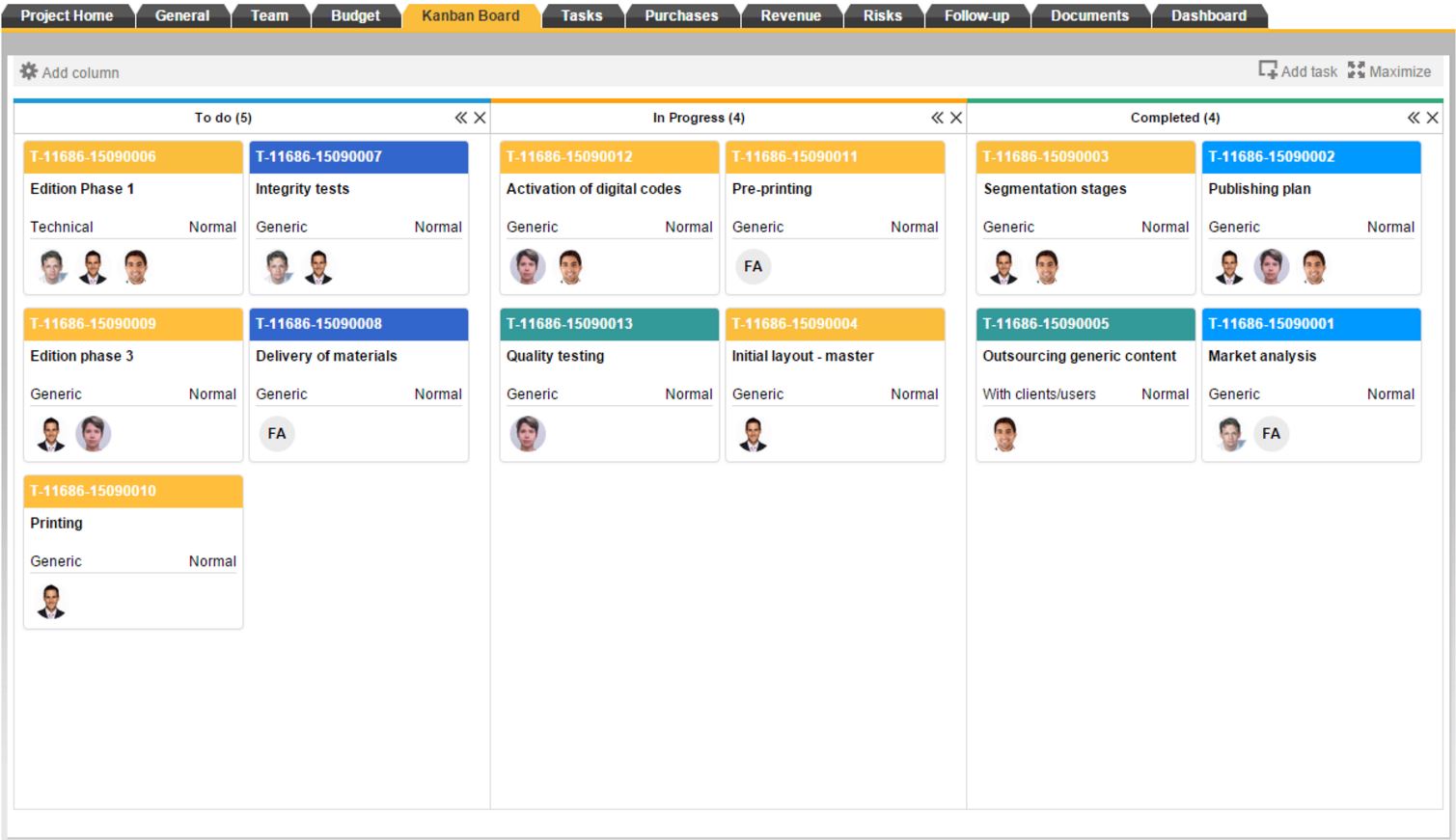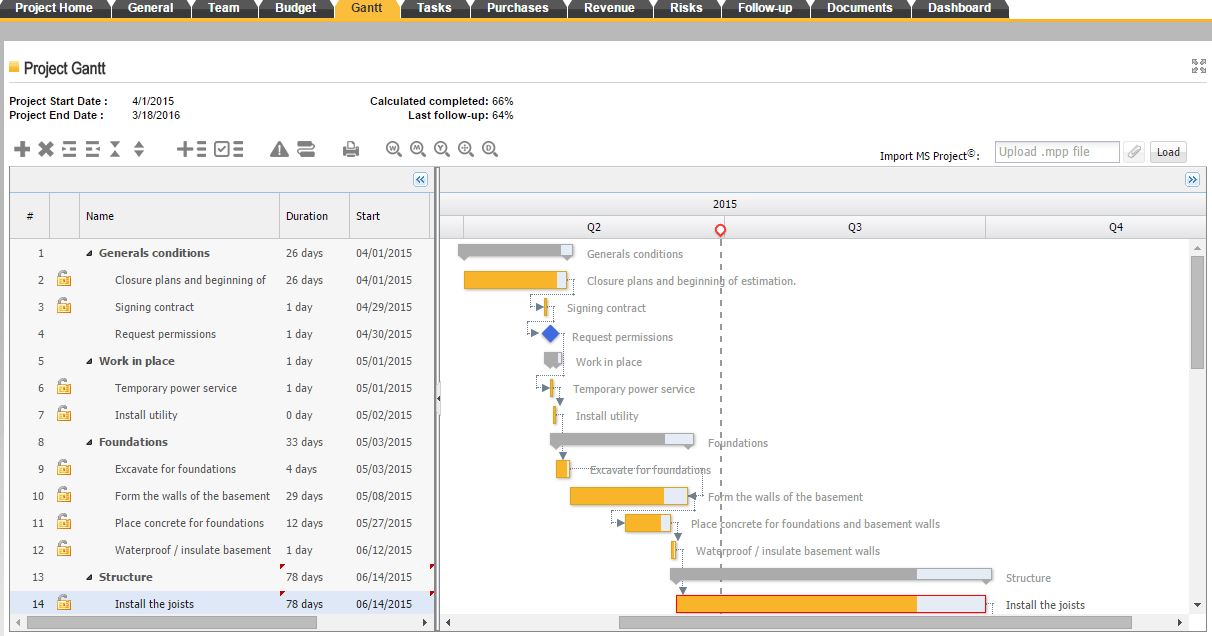 With more than a million and a half new professionals in the next three years, many things are changing in the industry.
With more than a million and a half new professionals in the next three years, many things are changing in the industry.
There are many factors that are generating major changes in project management. To begin with, the community of project management experts has long since ceased to be a highly specialized niche for engineers: more and more professionals are involved in fields as diverse as marketing, translation, product and service development, or even Finance have titles or responsibilities related to project management.
Take control of your Project Management this year with ITM Platform
Of course, this means the practice is developing in many directions. Here we highlight four that will be fundamental during this year.
1. Project management in extreme situations
Brexit, Syria, climate change, Trump. This is only a quick summary of the political difficulties that are testing the global economy ... and with them all companies with international scope.
Faced with this situation, it is essential to have tools to deal with unforeseen events and respond promptly to threats. The evaluation of investments and risk assessment will become increasingly important, moving from the strategies of internationalization to the dimension of the projects and their impacts.
2. Strategic value, not just tactical
Projects have ceased to be watertight drawers that can be planned and developed in a vacuum. The habitat of a project and the integration of the manager's responsibilities into the company's overall strategy are the measure of credibility, both external and internal, when developing projects. That is why transversal competences, the ability to listen and to go beyond predetermined processes are increasingly valued.
3. Combined methodologies
Especially in companies with business models that are not dedicated exclusively to software development or foreseeable engineering projects, such as construction or infrastructures, the combination of agile and predictive methodologies is increasingly gaining acceptance to cover the different operational phases of an organization.
In the financial sector, for example, many teams already employ a methodological sandwich structure to deal with a new credit product.
Kanban board
To cover the phases of market research, identification of barriers, niche, etc. The objective of this first phase is to build sufficient knowledge to define the essential characteristics of the product. 
Gantt chart
When the product is profiled, it is possible to introduce predictive guidelines that allow it to become a reality. A Gantt chart is still highly valued to develop the product with some fixed dates. 
How to land the go-to-market
Finally, the phases of business development and client acquisition usually follow agile procedures that allow reacting to market acceptance in a flexible way. In other words: how to land the go-to-market. In some ways, this approach allows us to treat each product or service as a project. But on other occasions, even the teams themselves or the organizations themselves are organized on a project basis. For this reason, it is important to have tools like ITM Platform, which allow to combine both methodologies in a flexible way in a single portfolio. The Design Thinking approach, coined by Stanford University, resembles in its goal the sandwich of methodologies combined in the sense of providing a process that allows to incorporate technical experts and personnel with other training. However, the commercial orientation is clearer, as the different phases are a formula for creating a solution from the public and their needs.
4. Project Intelligence
We have been talking about Big Data for years and it does not seem that this trend is going to leave us. Applied to project management, orientation to big data involves learning, creatively, from all the information of the projects that is automatically collected during its development. In this sense, the leap beyond mere statistical guidelines towards creative data science can be a very interesting dimension for 2017.


Some proactive thoughts to ponder.
Thanks a lot for your comment Mohamed! We really want to share useful content for project managers and help them to manage their projects correctly. Feel free to share our articles and comment. All the best.
An interesting read. What I am also seeing is an increased integration of a change management framework, particularly as rollout, or "go live" approachs: a considered, deliberate focus on ensuring the folk impacted by the new capability - whatever it may be - are in the best possible position to adopt and use it. Have you observed this too?
Hi Emma!
Thank you for your comments. Yes, we've seen this from a couple of different angles. From a negative perspective, there seems to be a broad recognition, particularly in enterprise settings, that IT shadowing can emerge at any time; and that often sparks a more focused attention on those impacted by the new capability, as you say, or at least the notion that the success of that new capability depends to a large extent on being able to win over those internal stakeholders. We might post new content on this topic soon, so I encourage you to subscribe to the newsletter for updates.
Nice write-up. It is informative to my vision of eyes. I really enjoyed reading it. Keep doing a great job.